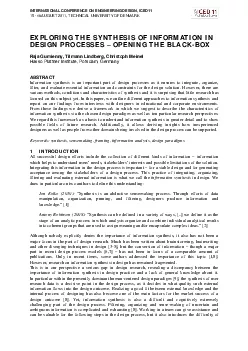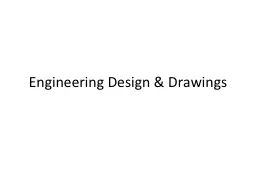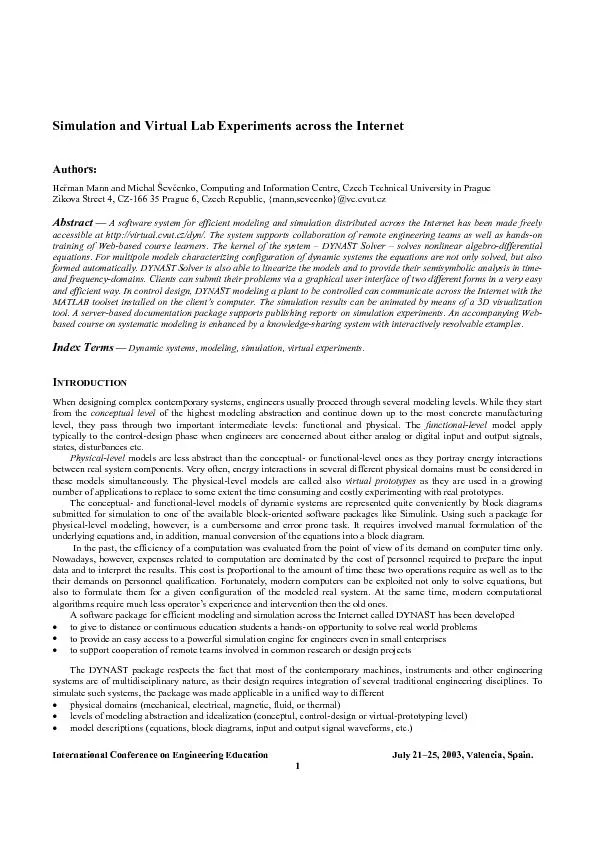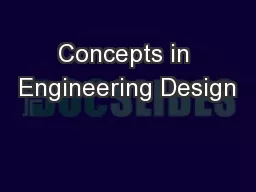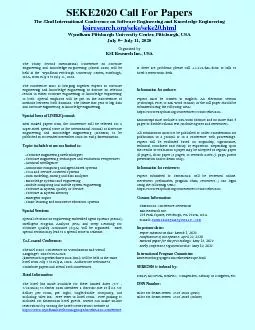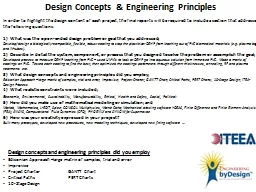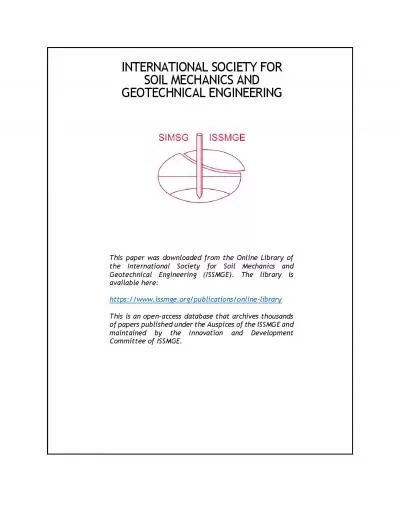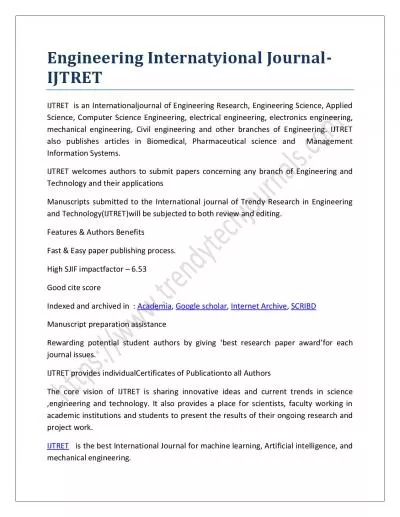PDF-INTERNATIONAL CONFERENCE ON ENGINEERING DESIGN ICEDAUGUSTTECHNICAL UNI
Author : murphy | Published Date : 2021-09-28
EXPLORING THE SYNTHESIS OF INFORMATION IDESIGN PROCESSES OPENING THE BLACKBOXRaja Gumienny Tilmann Lindberg Christoph Meinelcreating a common ground and making decisions
Presentation Embed Code
Download Presentation
Download Presentation The PPT/PDF document "INTERNATIONAL CONFERENCE ON ENGINEERING ..." is the property of its rightful owner. Permission is granted to download and print the materials on this website for personal, non-commercial use only, and to display it on your personal computer provided you do not modify the materials and that you retain all copyright notices contained in the materials. By downloading content from our website, you accept the terms of this agreement.
INTERNATIONAL CONFERENCE ON ENGINEERING DESIGN ICEDAUGUSTTECHNICAL UNI: Transcript
Download Rules Of Document
"INTERNATIONAL CONFERENCE ON ENGINEERING DESIGN ICEDAUGUSTTECHNICAL UNI"The content belongs to its owner. You may download and print it for personal use, without modification, and keep all copyright notices. By downloading, you agree to these terms.
Related Documents

